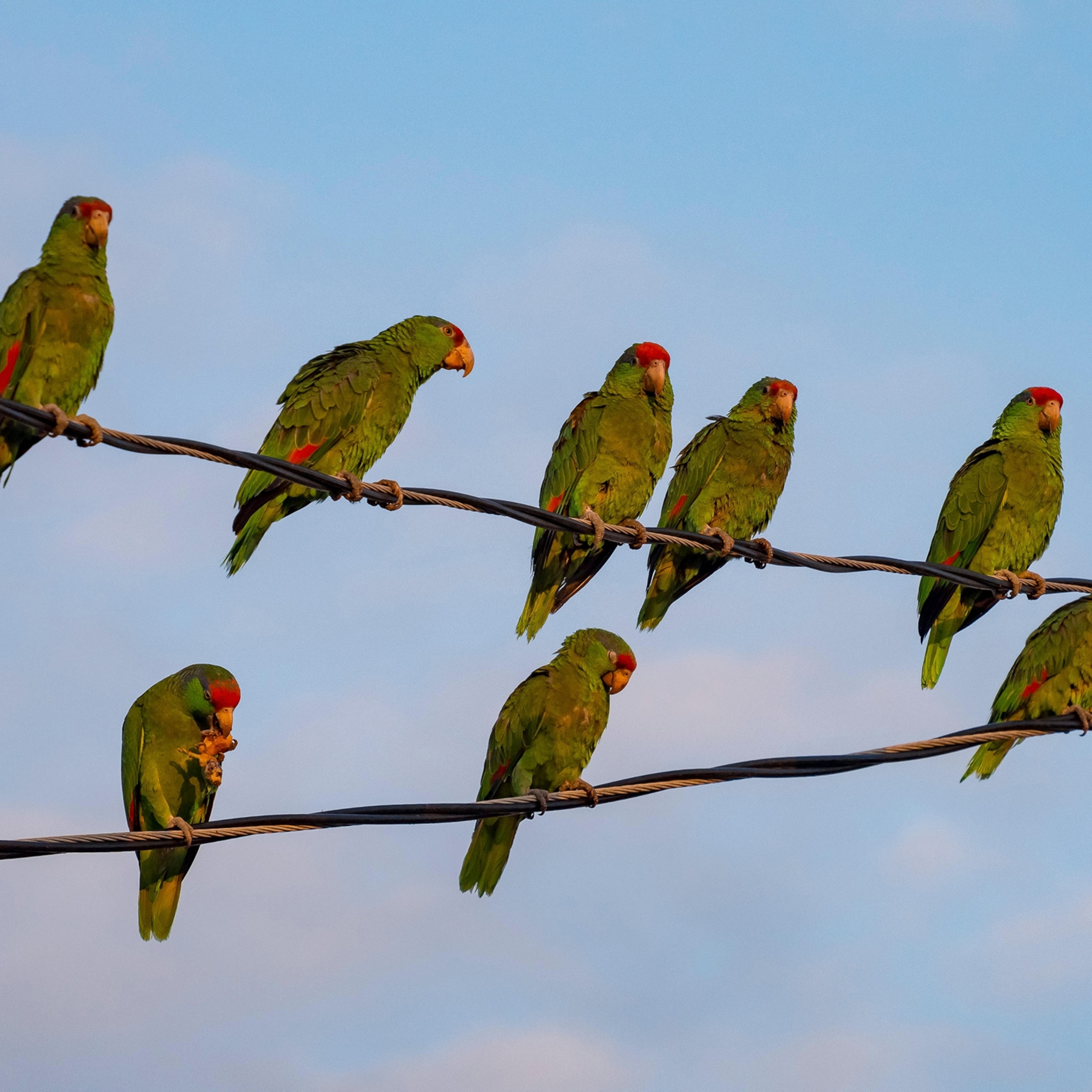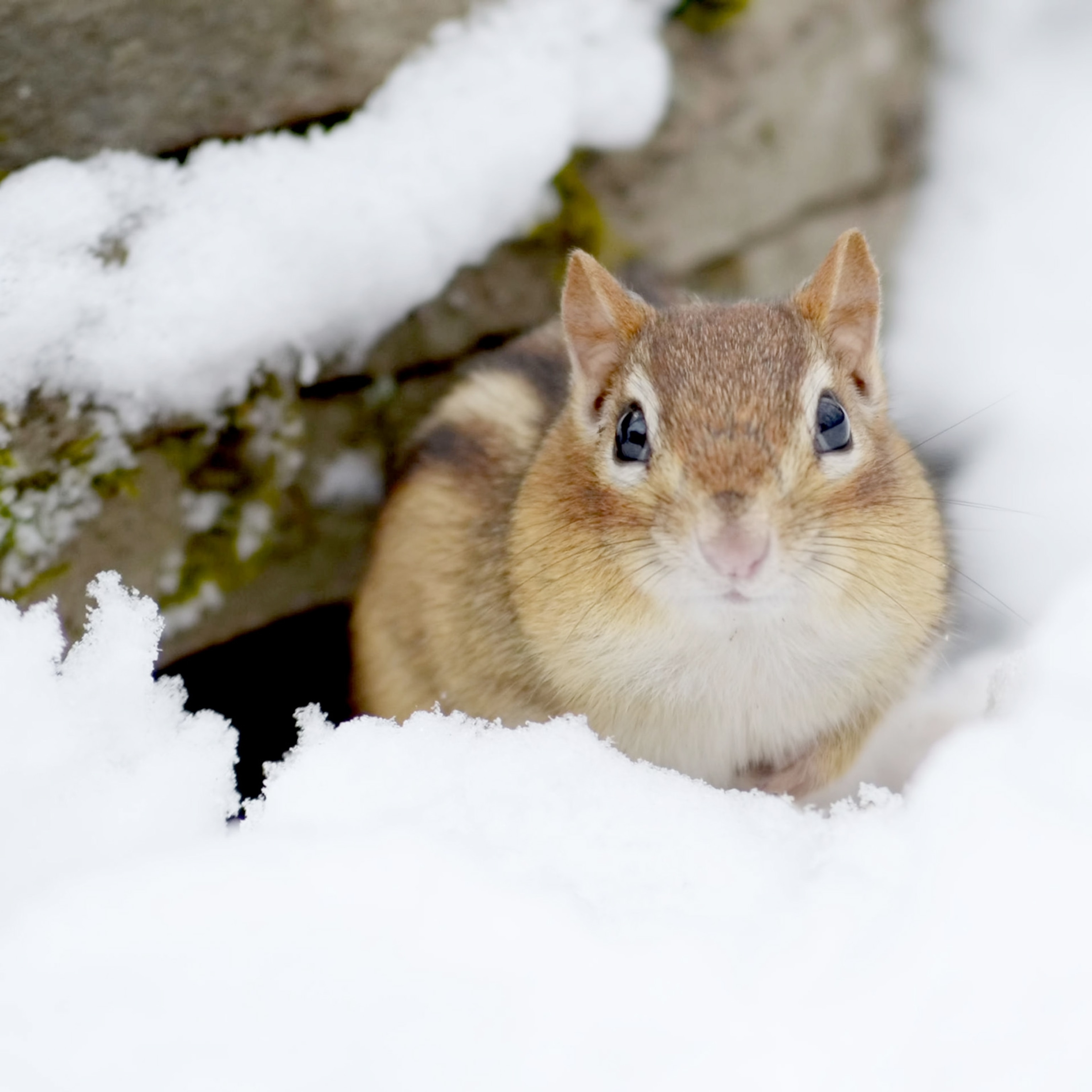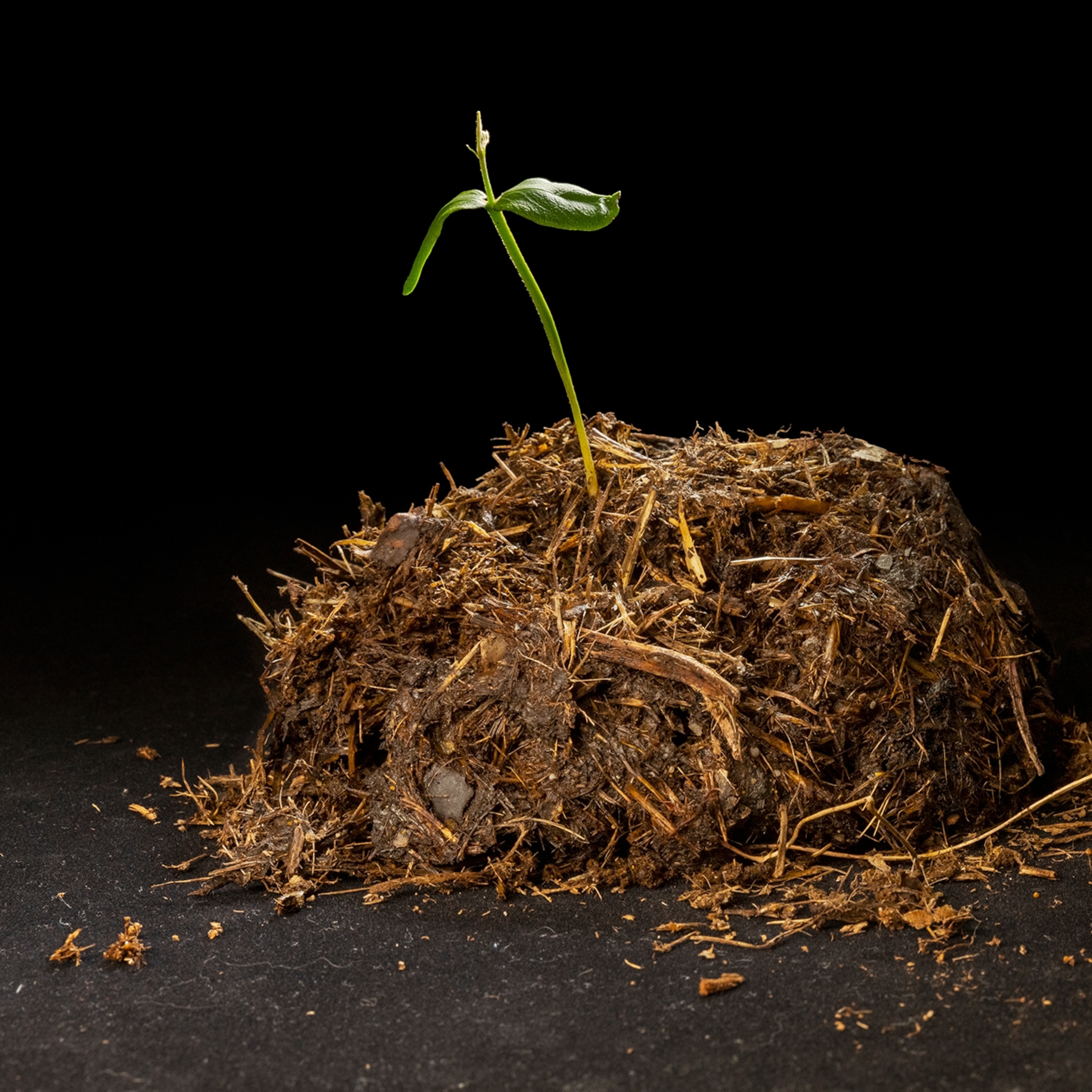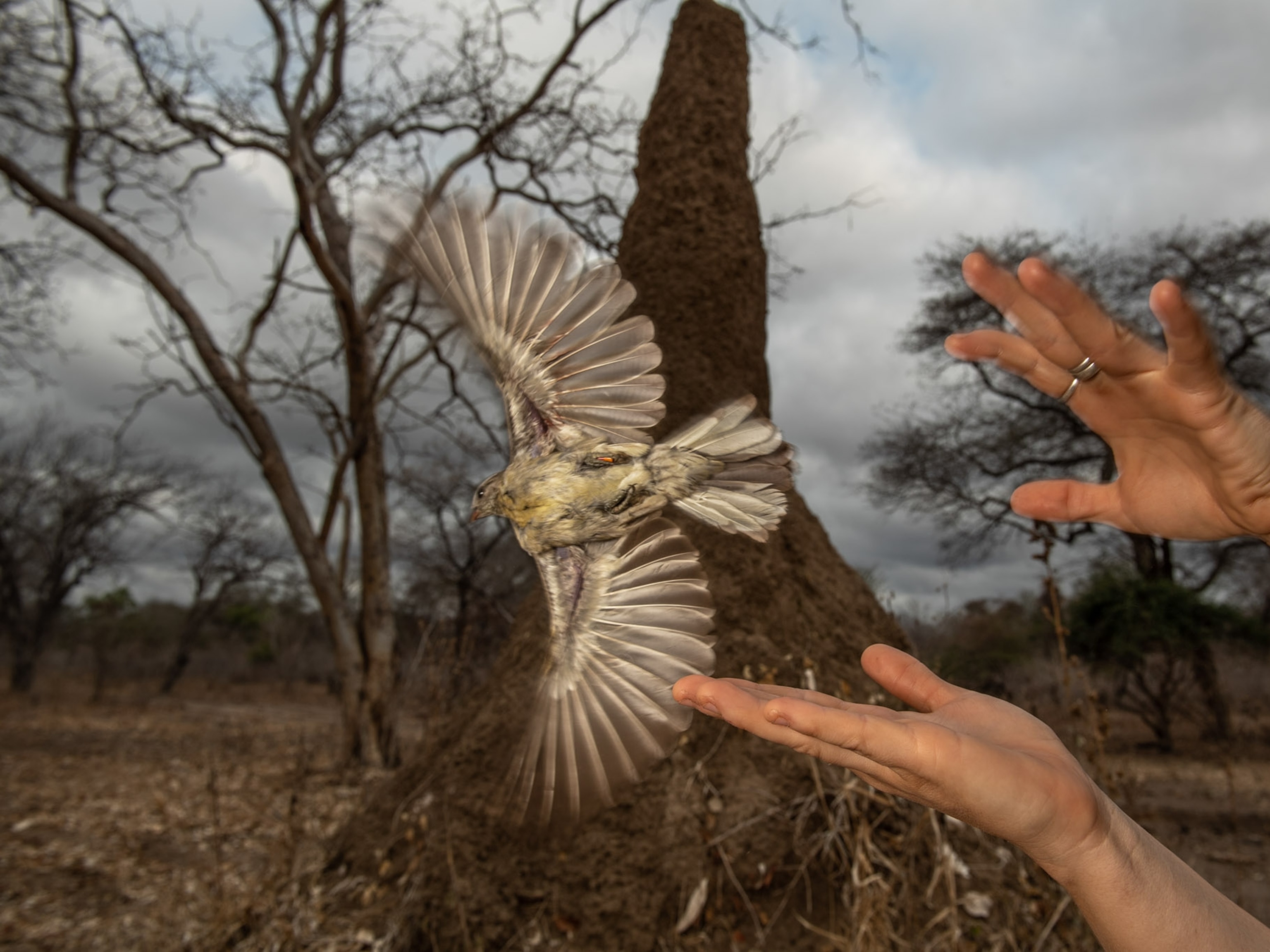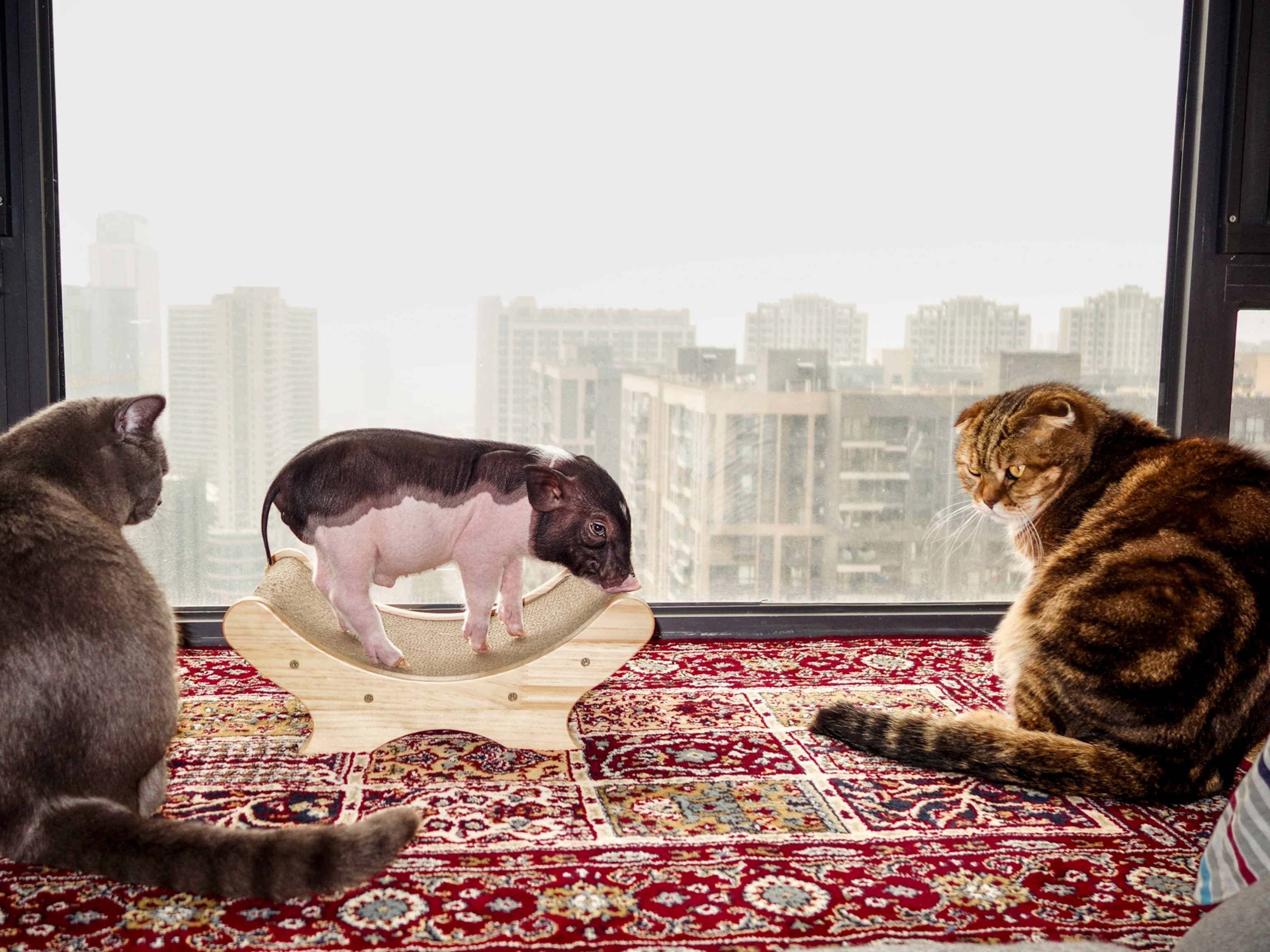What happens to exotic pets that outlive their owners?
Parrots and tortoises are flooding animal-rescue organizations around the country as many owners fail to make arrangements for their long-lived species.
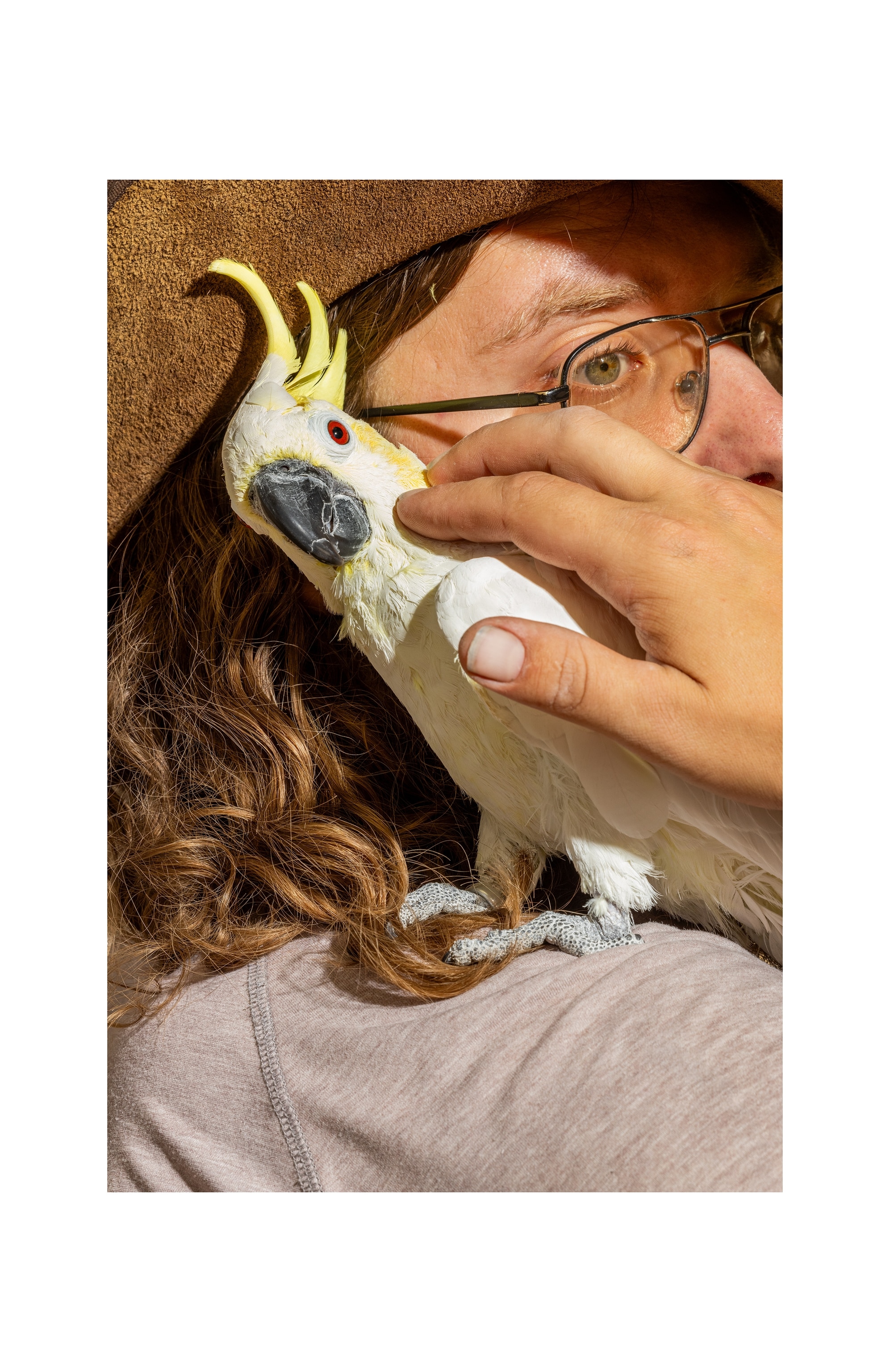
Louisa Jaskulski died in her sleep in 2023 at 77, just a few days after having what seemed, at first, to be successful heart surgery. When she insisted on going home to be with her animals instead of transferring to a rehabilitation facility, her family and friends were concerned.
“The day before she passed away, I came in that morning and she was in the cage with Travis, a lorikeet. I was like, ‘What are you doing out of bed? Look at your feet, they are all swollen up,” says her friend, Shaun Dyson. “She cared more about them than she did herself. I think that was her downfall.”
Jaskulski, of Sedona, Arizona, was survived by four fan-tailed pigeons, three Amazon parrots, three lorikeets, a pair of finches, two desert tortoises, a bearded dragon, and a blue-tongued skink—all rescues.
“For me, the connection to birds and reptiles goes way deep,” she said in a 2020 interview. “When I look into the eyes of a parrot or finch or pigeon, or a lizard or snake or tortoise, I feel I am looking into the eyes of God.”
But when exotic pet owners die, where do their animals go? It’s a common yet often excruciating challenge for the nine million Americans who keep exotic pets. Keeping the animals in the family is ideal, but there’s no guarantee they'll want to take on the responsibility of being, essentially, an amateur zookeeper. (Read why you should never release exotic pets into the wild.)
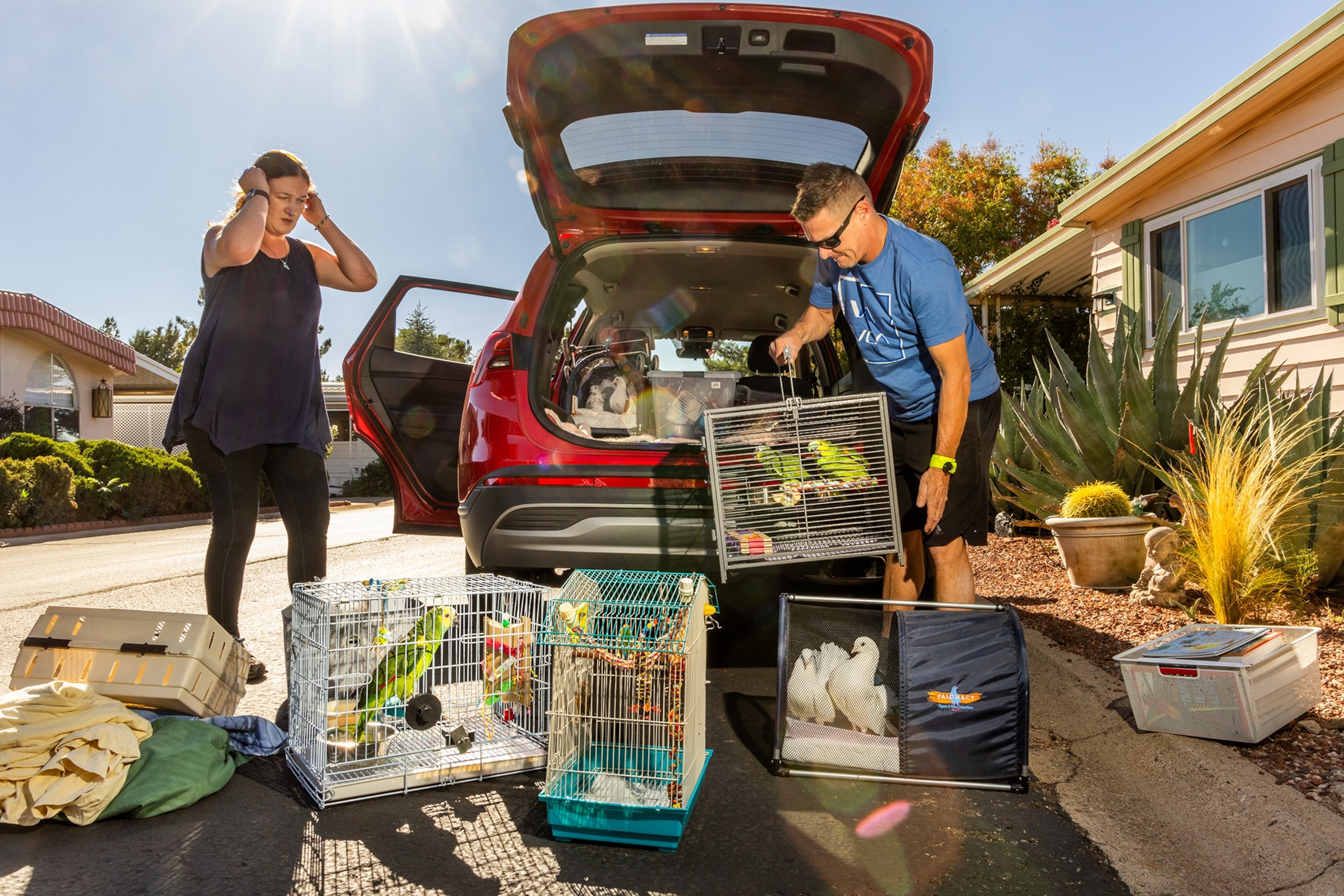
A parrot problem
Jaskulski left few concrete plans for who would inherit her animals—perhaps because she knew she could count on her animal rescue friends to sort it out. The hardest to place were the parrots and the tortoises, long-lived animals that can be demanding pets.
Parrots, which live 70 years or more, often start out fairly personable, but often become ornery and difficult when they reach sexual maturity, which is anywhere from ages one to six, depending on the species, says Sarah Lemarié, CEO of Mickaboo, a parrot rescue based in San Jose, California. “For every parrot that's friendly with people, there's a whole bunch that bite and scream" because they're afraid of humans, she says.
As highly intelligent, social animals, parrots also need a lot of interaction and stimulation, a roomy cage with lots of toys, and supervised time outside of their cage at least twice a day, Lemarié says.
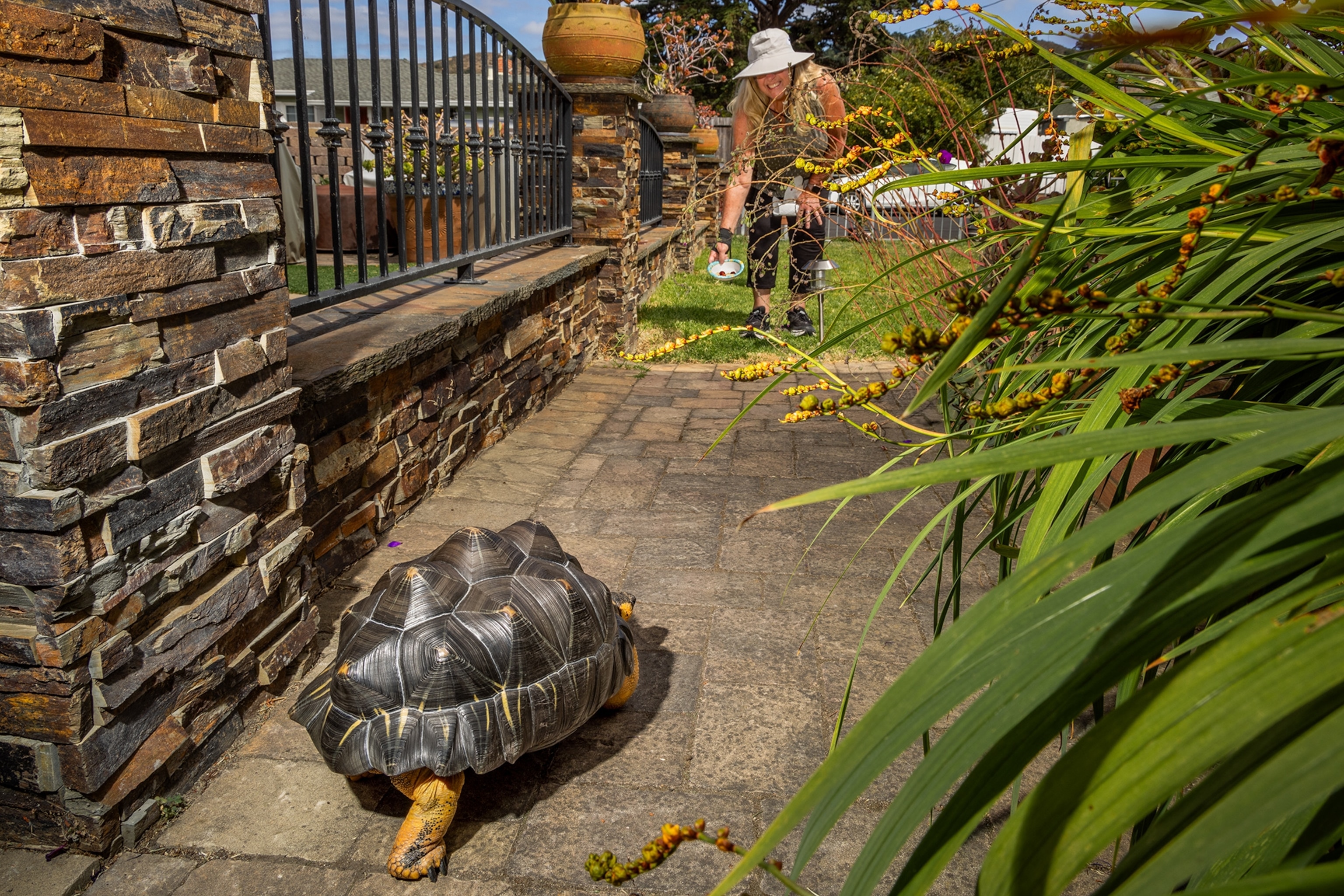

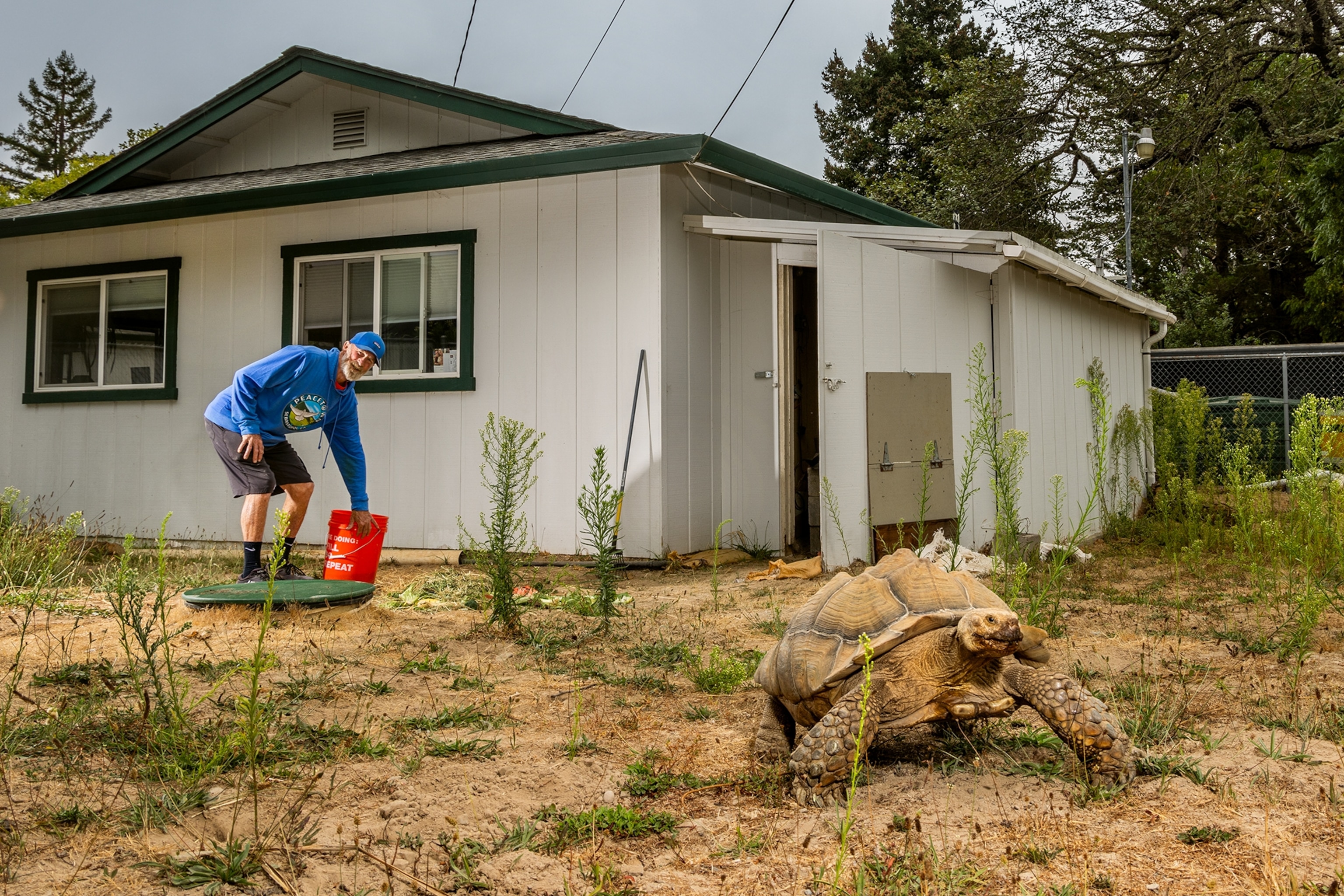
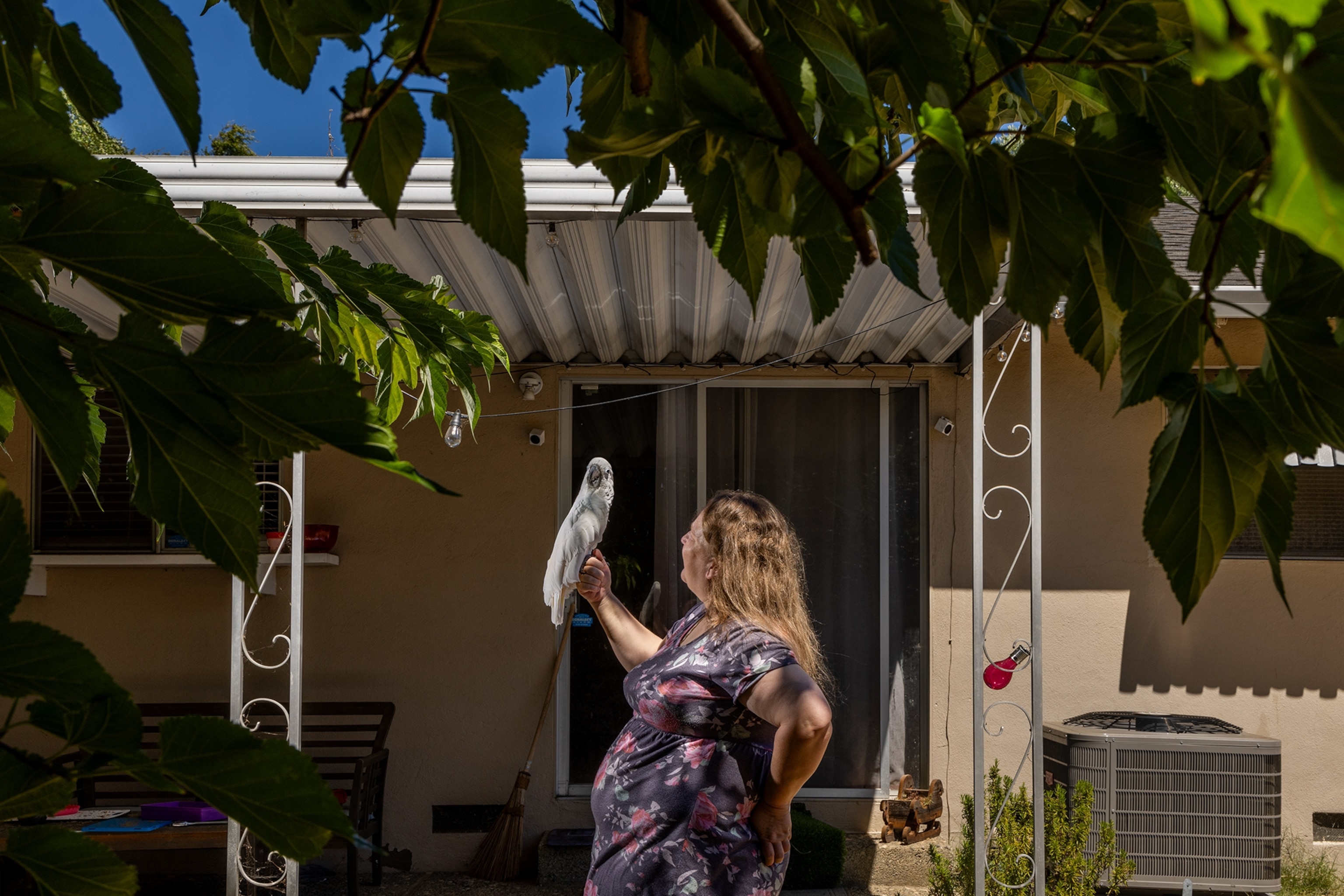
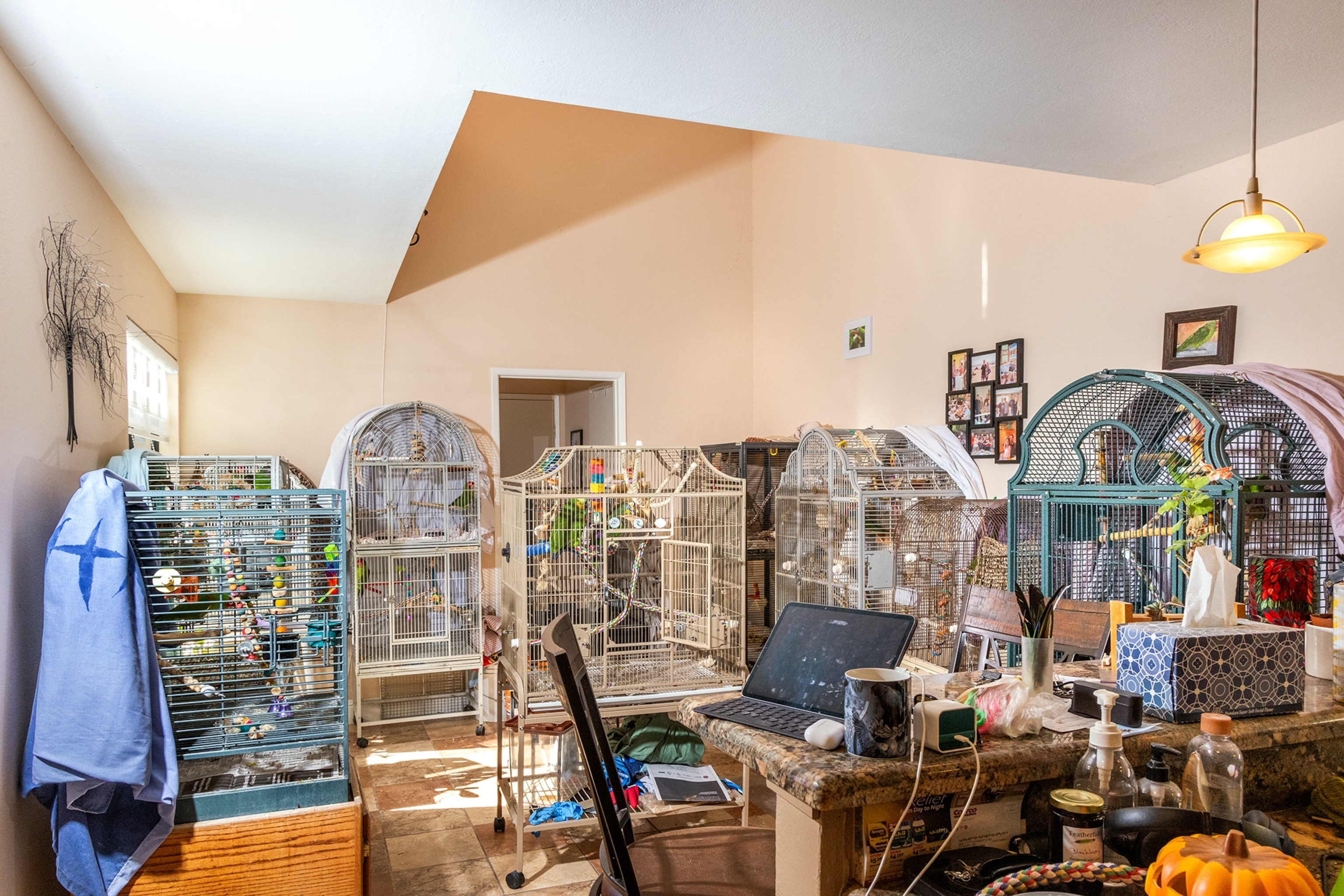
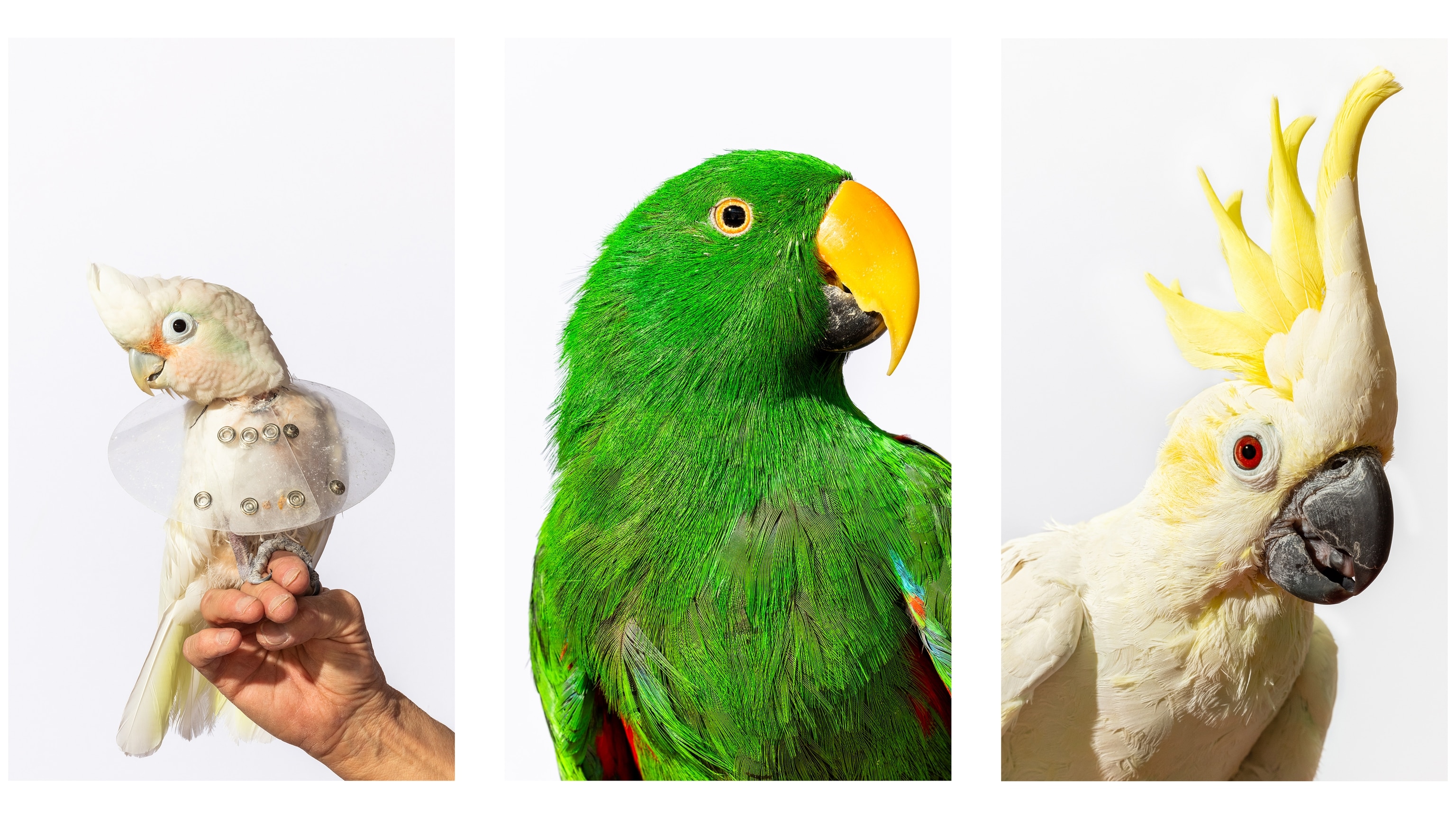
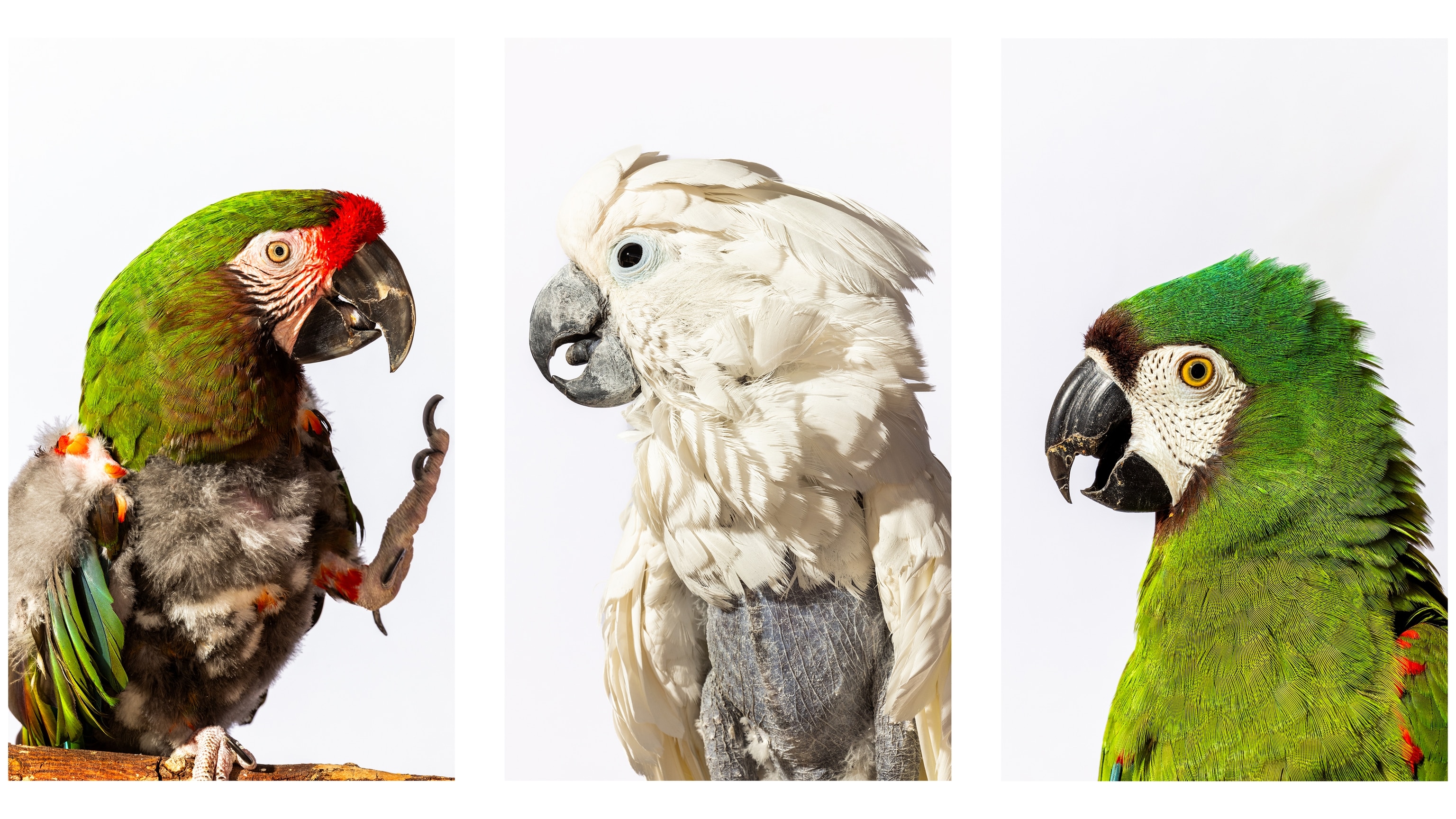

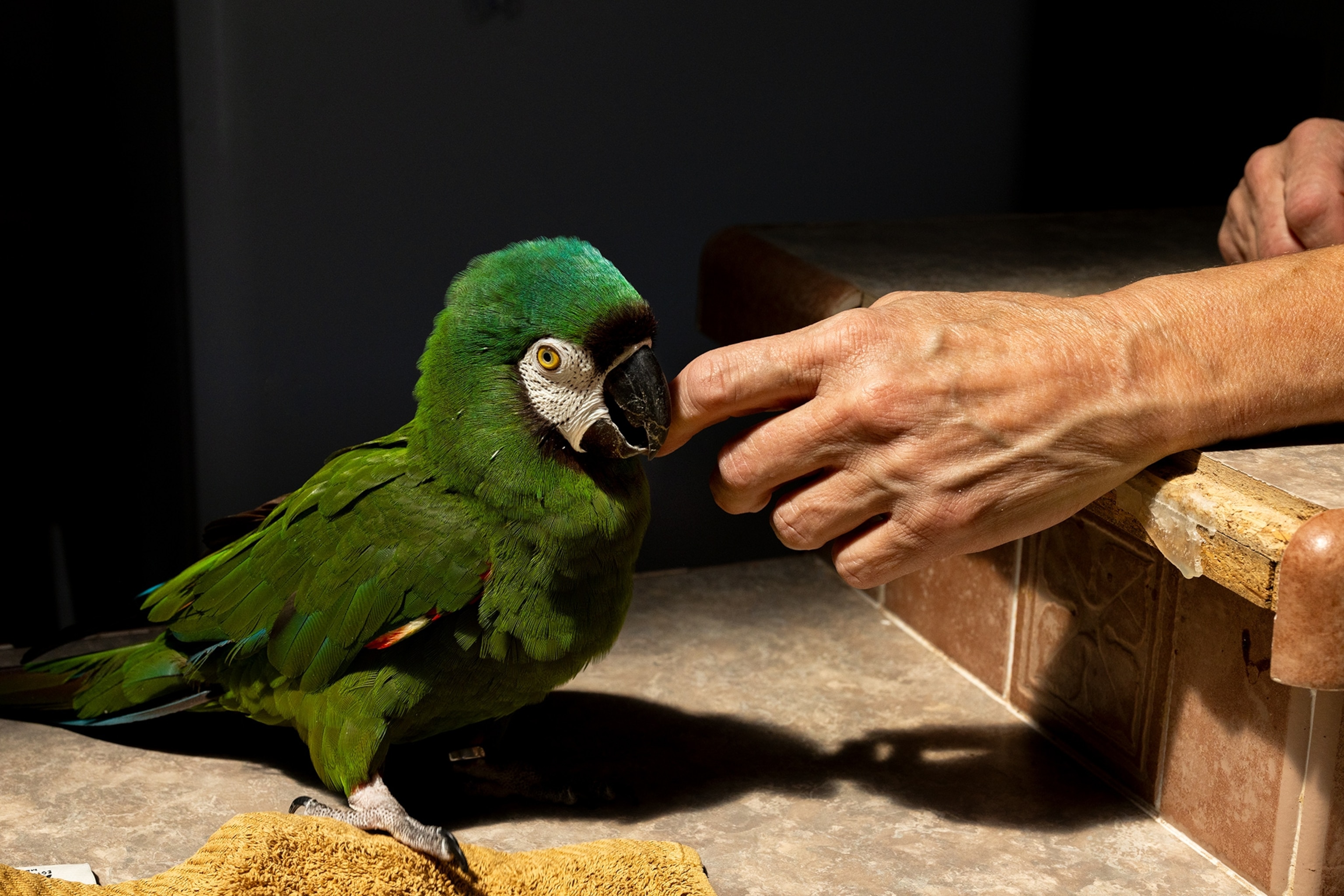


While many parrots and tortoises are increasingly endangered in the wild, they are far too plentiful in captivity, says Janet Trumbule, CEO of Oasis, a parrot rescue in Benson, Arizona.
The problem worsened after the pandemic, when people began to give up the exotic animals they’d bought during lockdown.
“When people began traveling more, as we all got vaccinated and people went back out into the world, we had a wave of surrenders that was just like, we were so full, we were beyond full. And we’re still digging out. Right now, we've got 30 to 40 [parakeets] waiting to come in and probably 80 to 90... in foster care.” (Read why so many people want to own exotic pets.)
When breeders realize how unhappy exotic birds often are in captivity, they quit and join the rescue community. “But in the meantime, they've contributed to the problem and encouraged a bunch of their friends to get into it as well,” Lemarié says.
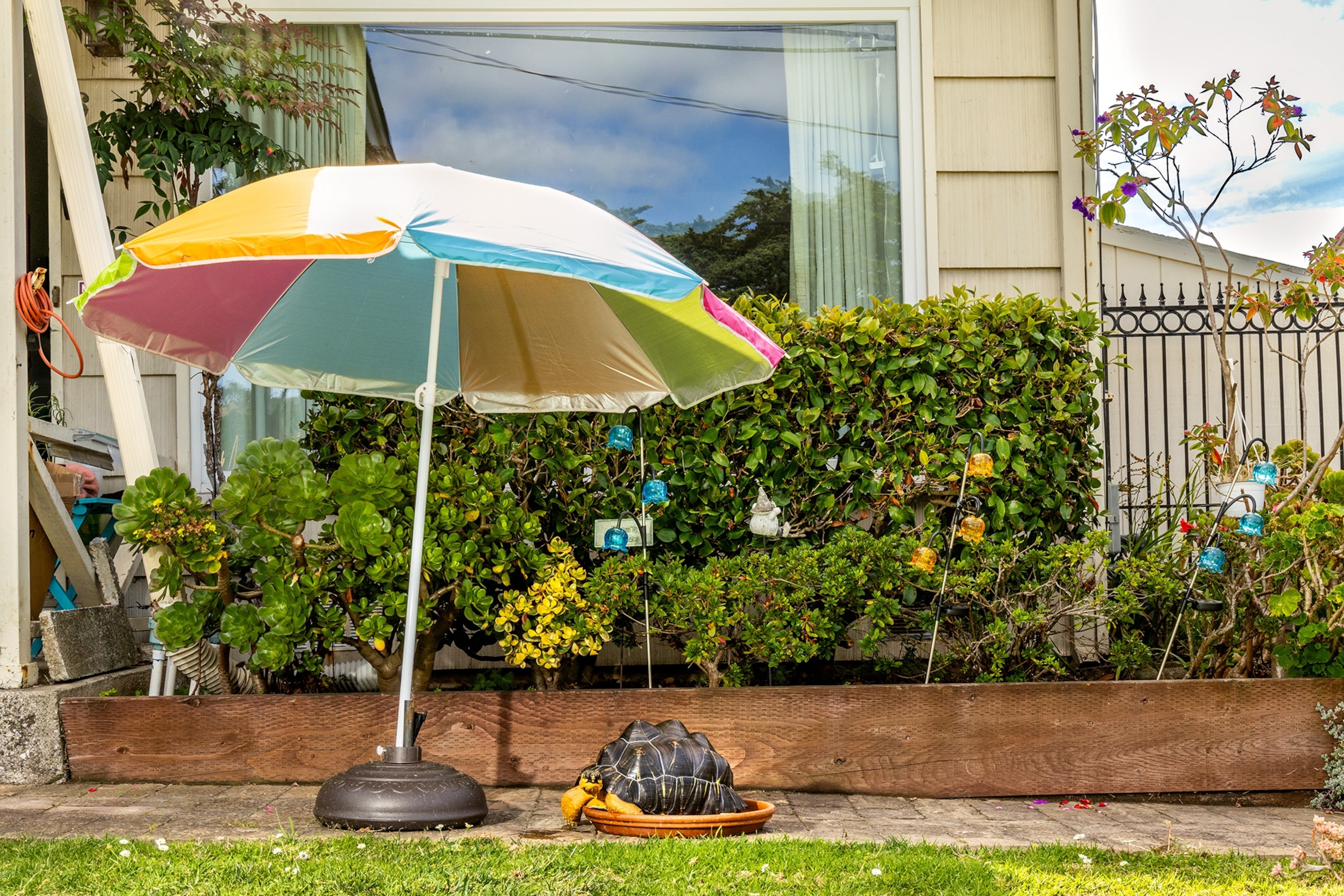
Tortoise trouble
Tortoises are a particular challenge. Often sold at pet stores when they are small and cute, radiated and sulcata tortoises quickly become behemoths that require roomy, fenced-in yards, year-round warm temperatures, and wheelbarrow-loads of food.
As the pandemic has lifted, tortoise rescues have seen a major uptick in people trying to get rid of their ill-considered pets, says Katie Rickon, founder of Tortoise Acres, a hundred-acre rescue in Anderson, California. “We turn away 20 to 30 tortoises away weekly for lack of space,” Rickon says.
Compounding the problem are tortoises’ long lives—they can live to 150 years and beyond.
“My advice for people who have tortoises is to put them in their will who they want them to go to and discuss it with the person they are leaving them to,” says Amanda Ebenhack, a wildlife rehabber at Central Florida Wildlife Center Inc., a six-acre rescue in Okeechobee, Florida.
Both Ebenhack and Rickon house their female and male tortoises separately to prevent breeding.
Planning ahead
For anyone considering adopting a rescue parrot or another long-lived exotic, Lemarié urges potential owners do extensive research about how to keep these animals safe and relatively content in captivity.
Also, know in advance what will happen to them after you die, Trumbule says.
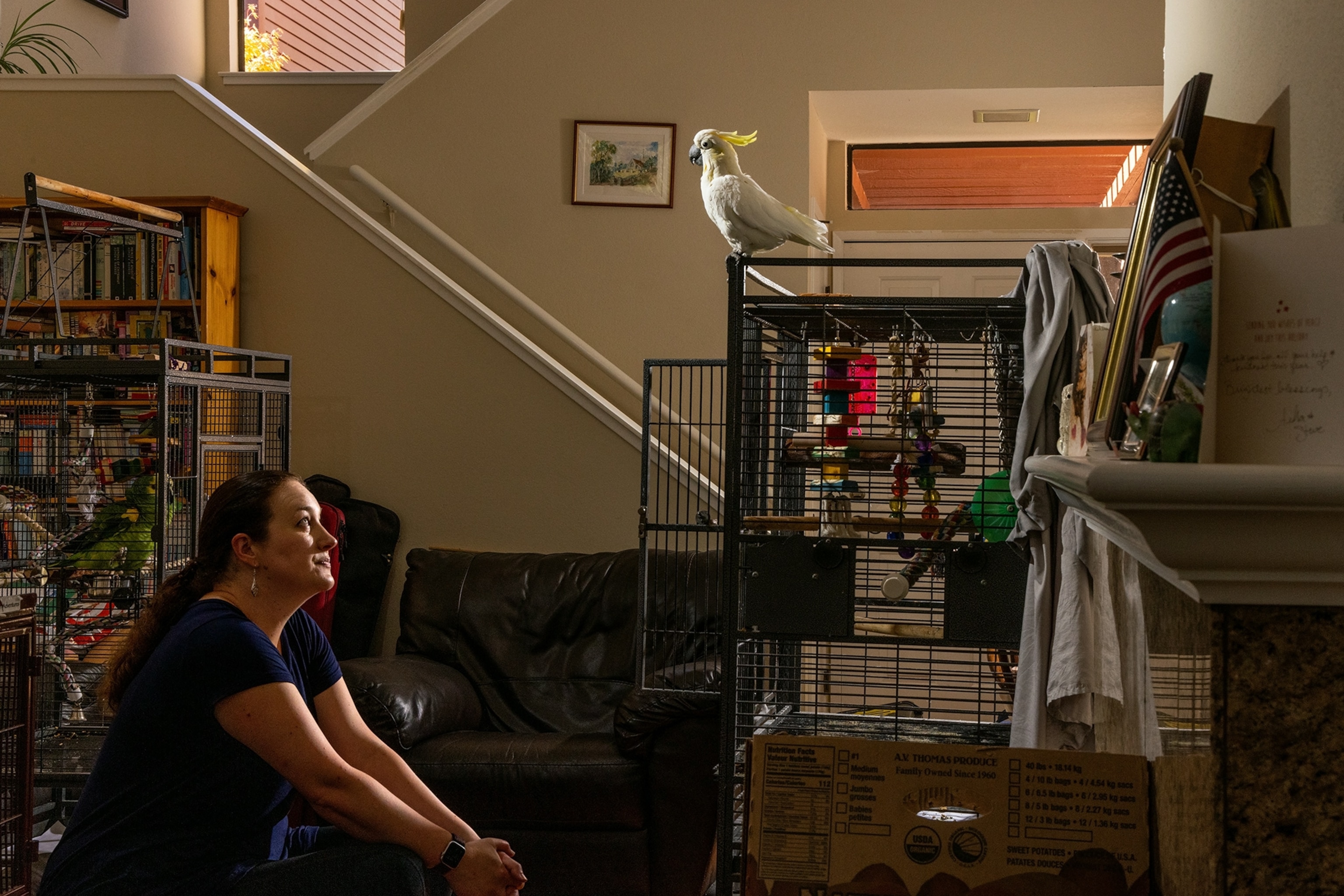
“I've done an estate plan and my birds will come to the sanctuary for the rest of their life,” she says. “More and more pet owners are doing that, not just for birds, but for any kind of animal that they have. But it's really critical with animals you know are going to outlive you.”
Christa Chadwick, vice president of shelter services for the ASPCA, notes in an email that the nonprofit offers planning resources for owners adding pets to estate plans. (See more photos of exotic pets in everyday homes.)
“Once pets come into our lives, they become vital members of our families, giving and receiving love, companionship, and support,” Chadwick says.
"So it’s important to ensure uninterrupted care should we become incapable of caring for them ourselves.”

